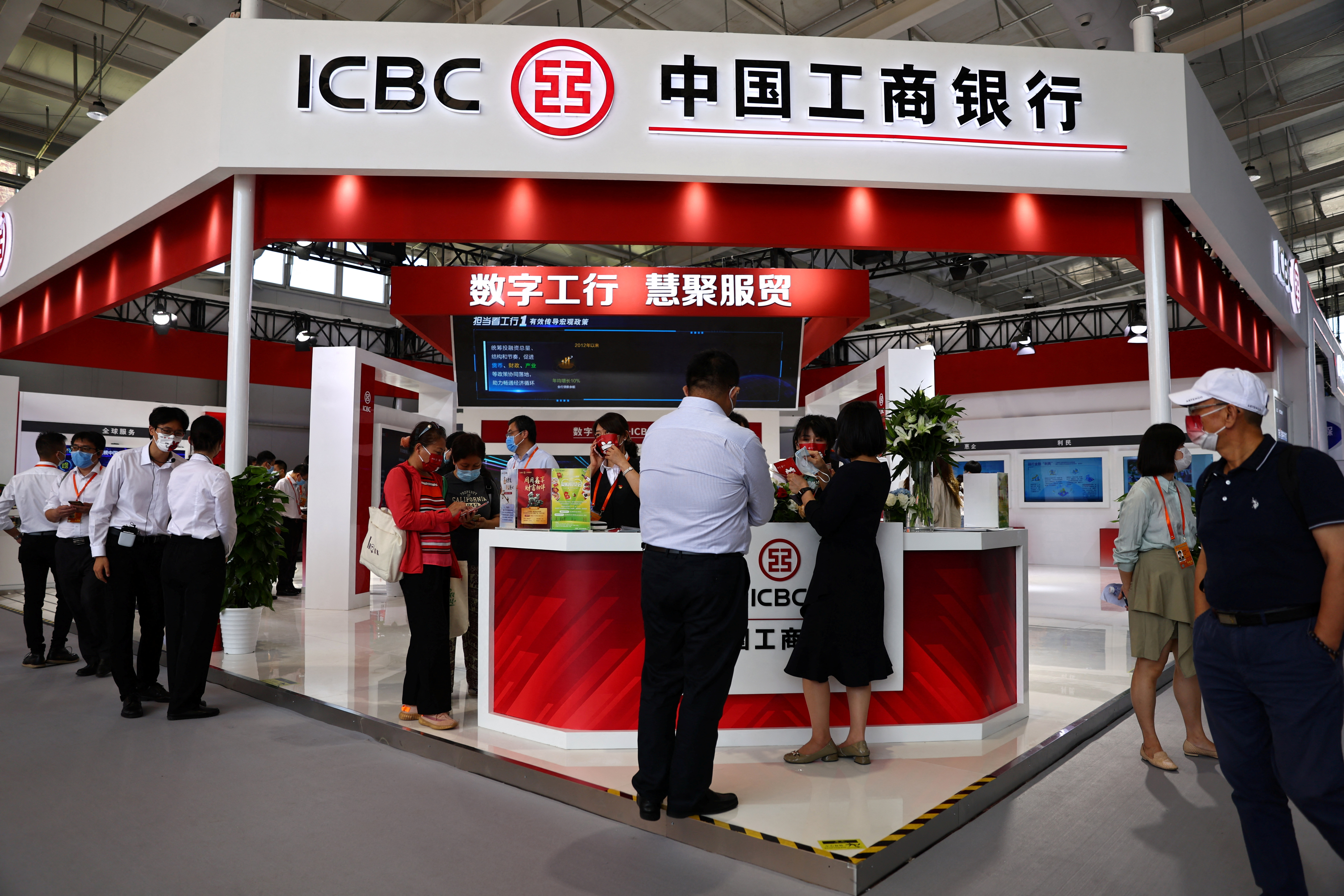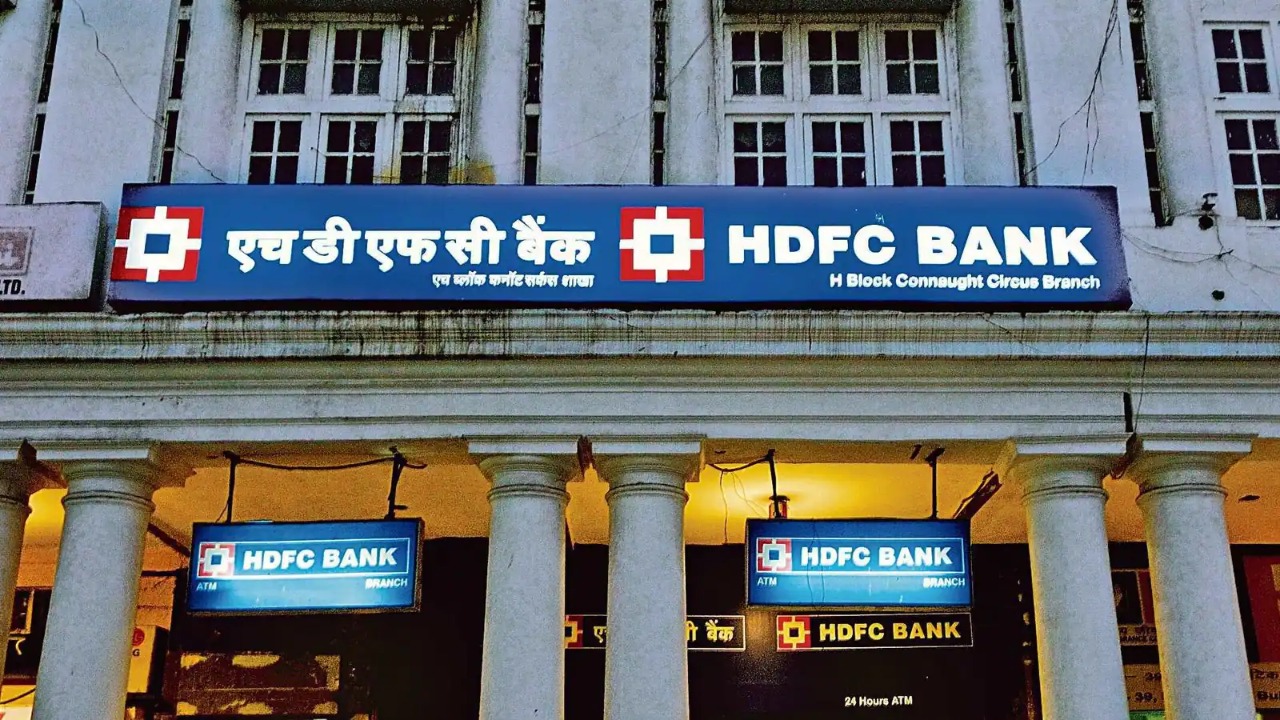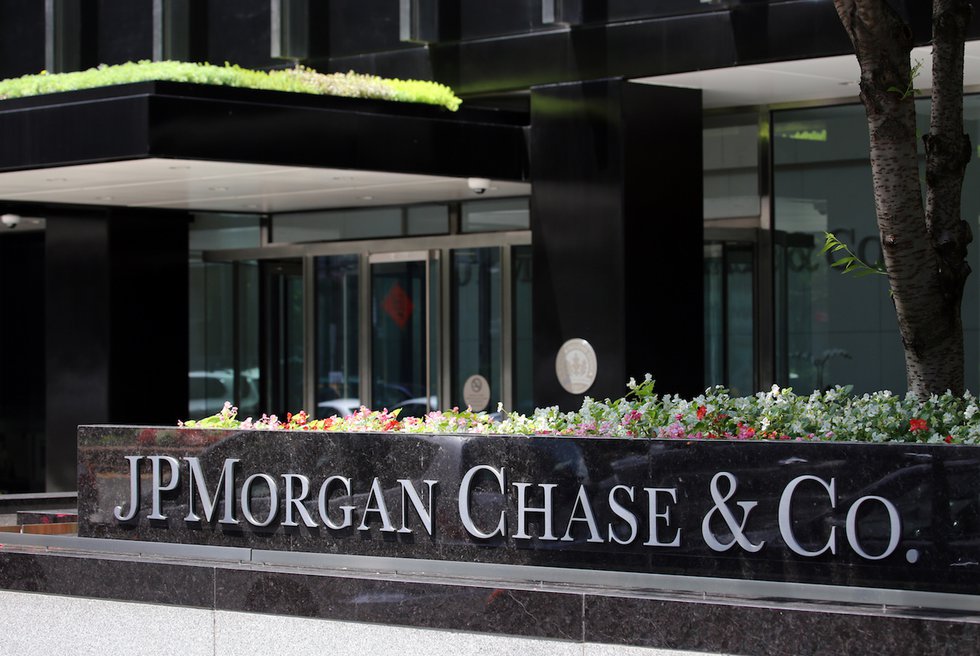HDFC Bank Moves Up The Ladder As The World’s No. 6 By Market Cap; What Does It Need To Do To Outshine Big International Banks?
HDFC Bank, one of India's leading financial institutions, has been making waves on the global banking scene since its merger with HDFC. With a rapidly expanding loan book and deposit base, HDFC Bank has set its sights on joining the ranks of global banking giants like JPMorgan Chase and China's Industrial and Commercial Bank (ICBC). However, this ambitious journey is not without its challenges.

HDFC Bank, India’s biggest private bank, has made it into the list of elite global banks following its merger with HDFC and now has a market capitalization of USD146 billion, not a small feat by any stretch.
Before delving into HDFC Bank’s global ambitions, it’s essential to understand the broader context of the global banking industry.
JPMorgan Chase, one of the world’s largest banks in terms of market capitalisation at USD418 billion, followed by Bank of America and China’s ICBC at USD212 billion and USD206 billion, respectively.
JPMorgan Chase stands out with a price-to-book value (P/Bv) ratio of approximately 1.35x, making it an outlier in terms of valuation.
The exceptional performance of JPMorgan Chase is noteworthy, especially given the challenging global banking environment characterized by sluggish growth, concerns about profitability, rising interest rates, and potential risks to asset quality.

The Banking Sector Woes
The global banking sector is grappling with a host of uncertainties. In the United States, the collapse of Silicon Valley Bank triggered deposit outflows at several regional lenders, while small- and mid-sized banks faced downgrades due to profitability pressures and risks associated with commercial real estate exposure.
JPMorgan Chase, however, reported a stellar second quarter, fueled by an interest rate hike by the US Federal Reserve, making borrowing more expensive for consumers. Add to this, its acquisition of First Republic Bank’s assets in May proved beneficial, and the retail banking business demonstrated robust performance, leading to a significant surge in net interest income.
Jamie Dimon, the chairman and CEO of JPMorgan, acknowledges the existence of risks on the horizon; he points out that consumers are slowly depleting their cash buffers, core inflation remains stubbornly high, and the possibility of interest rates remaining elevated for an extended period looms.
Moreover, quantitative tightening of this scale is unprecedented, fiscal deficits are substantial, and the ongoing war in Ukraine has the potential to disrupt geopolitics and the global economy.
Dimon’s warning of potential 7% interest rates in the US and his opposition to stricter capital buffers for large banks reflect the uncertainty and challenges that even the most successful banks face.

China’s Hand
China’s tightly controlled banking sector is also facing headwinds. The country’s zero-Covid-19 policy has led to a sluggish economic recovery, impacting the real estate sector and dampening demand.
Moreover, concerns about asset quality arise due to defaults among local government financial vehicles.
Thus, large Chinese banks, including Industrial and Commercial Bank, have reported slower profit growth and a contraction in net interest margins (NIMs) in the first half of 2023.
Therefore, in this global banking scene marked by uncertainty and challenges, where does HDFC Bank stand?
HDFC Bank’s merger with HDFC has significantly expanded its loan book and deposit base, but it still lags behind India’s largest lender, State Bank of India (SBI), in terms of both loans and deposits.
According to global investment bank Jefferies, only HDFC Bank has delivered >15% CAGR in profits over the past decade, while most other large banks (excluding JPMorgan) delivered <10% CAGR in earnings per share.
Banks in China and Canada have seen a more significant contraction in valuation multiples that have dragged on stock performances.

Last week, Jefferies said HDFC Bank is now the seventh-largest global large-cap bank. According to Jefferies, this can add a second dimension to investors’ selection processes, whereby HDFC Bank may now be stacked up against banks in global portfolios, and not just for emerging-market portfolios, and compared with Indian banks.
According to Jefferies, stock returns reflect growth and macros on the global stage; on this point, HDFC Bank’s ascent to the top ranking is very opportune.
The bank’s CEO, Sashidhar Jagdishan, believes the pace at which the bank is aiming to grow, one HDFC Bank will be created in four years.

Global Peers
On a global scale, HDFC Bank ranks 88th in terms of total assets, with USD 313 billion, far behind the world’s top five banks, including China’s ICBC and JPMorgan.
Thus, HDFC Bank must consistently deliver growth while maintaining asset quality to ascend the global valuation ladder.
According to analysts, growing on a large balance sheet is not easy, and in the case of HDFC Bank, mobilising deposits and replacing the high cost of borrowings will be crucial.
However, the merger may help here; analysts expect the deposit mobilisation to benefit from improvement in the productivity of branches and the roll-out of new branches.
Adding home loan customers would also boost deposit growth as these customers typically keep deposits that are 5x-7x of what’s usually maintained by other retail customers.
Analysts believe that with high double-digit growth rates, HDFC Bank can outperform many global large banks in the coming years.
Factors contributing to this growth include synergies from mergers, branch expansion, deposit mobilization, and cross-selling financial products to HDFC customers.
However, maintaining superior asset quality standards is equally crucial; recent financial disclosures revealed negative surprises, including an increase in gross non-performing assets (NPA) from 1.2% to 1.4% for the merged entity, mainly due to higher bad loans in HDFC’s non-individual portfolio.

Analysts at Prabhudas Lilladher anticipate muted core earnings growth in FY24 due to lower NIM and operational expenses, even as funding costs decrease.
Nevertheless, they expect NIM to improve over the following years, resulting in a healthy earnings compound annual growth rate (CAGR) of 19.4%.
Challenges Ahead
Following the release of the merged entity’s financials, Nomura downgraded HDFC Bank to ‘neutral,’ citing concerns about return on assets (RoA) and loan growth. HDFC Bank’s RoA has consistently ranged from 1.9% to 2.1% over the past decade.
The Last Bit, HDFC Bank’s aspirations to become a global banking powerhouse are ambitious but not without hurdles.
The global banking sector is rife with uncertainties, including rising interest rates, geopolitical tensions, and regulatory changes.
While HDFC Bank has the potential to deliver impressive growth, it must steer through these challenges while preserving its asset quality and financial stability.
As it continues its journey to the top, HDFC Bank will undoubtedly be closely watched by investors, analysts, and the global banking community.
Only time will tell whether it can overcome these obstacles and realize its global banking dreams.




